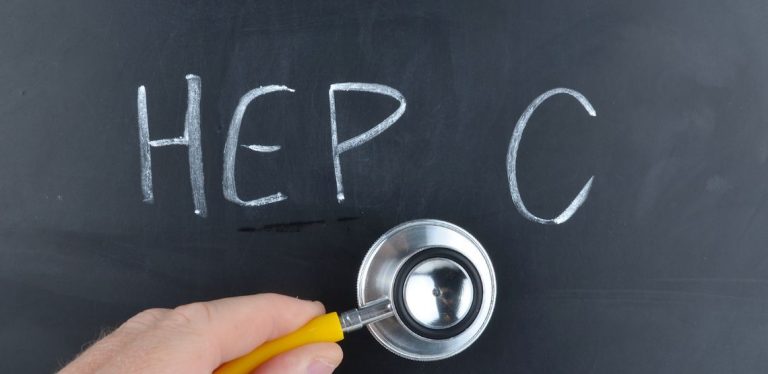How Do You Know if You Have Cancer?
According to an the American Cancer Society, cancer is believed to be the number one leading cause of death on a global scale. Lung and breast cancer are the most common types of cancer being diagnosed. It is therefore important to understand what cancer really is and how the symptoms are recognized. That way, if you find yourself Googling “how do you know if you have cancer?” you will already know some basic facts.
What is Cancer?
In order to answer, how do you know if you have cancer?, you must know that cancer is a disease that occurs when changes in a group of normal cells within the body lead to uncontrolled, abnormal growth forming a lump called a tumor. However, in the case of leukemia (cancer of the blood), tumors are absent. When left untreated, tumors can grow and spread into the surrounding normal tissue.
They can also spread to other parts of the body through the bloodstream and lymphatic systems, where they affect the digestive, nervous and circulatory systems or release hormones that may affect general body function. There are three different groups of tumors that can develop from cancer:
Benign Tumors
These are not cancerous and can hardly cause any serious problem. Benign tumors usually have slow growth because their cells are like normal or healthy cells. They can only become a problem if they grow very large to the extent that their size begins to press on other organs.
Malignant Tumors
These tend to grow faster than benign tumors and easily spread to destroy neighboring tissues. When cells of malignant tumors break off from the main tumor, they begin to spread to other parts of the body through a process known as metastasis.
Precancerous Tumors
These are also referred to as premalignant, and describe a condition involving abnormal cells which will likely develop into cancer.
Types of Cancer
There are over 200 different types of cancer that can cause many different symptoms. Cancer is classified based on how it starts; thus, there are five main types of cancer:
- Carcinomas: This is the most common type of cancer and usually forms solid tumors. It begins in the skin or the tissue that covers the surface of internal organs and glands. Lung cancer, prostate cancer, breast cancer and colorectal cancer are all examples of carcinomas.
- Sarcomas: This type of cancer usually originates in the connective and supportive tissues of the body. A sarcoma may develop in the muscles, nerves, fat, lymph vessels, blood vessels, tendons, joints, cartilages, or the bone.
- Leukaemia: Leukaemia refers to cancer of the blood, which begins when healthy blood cells change and grow uncontrollably.
- Lymphomas: As the name implies, lymphoma begins in the lymphatic system: a network of vessels and glands that help fight infection.
- Brain and spinal cord cancers: These are known as central nervous system cancers. Some are benign while others can grow and spread.
Related Search Topics (Ads)
Common Symptoms That Can Indicate Cancer
Cancer symptoms vary depending on the type of cancer, and the specific individual. It is important to detect cancer early, because the sooner you can begin treatment the better.
In some cases, the symptoms you have may only be a sign of something less serious. However, it is advisable to see a doctor regardless. It is necessary to get a proper diagnosis, and to avoid further complications.
Some of the symptoms that cancer may cause include:
- Breast changes: You can do breast exams at home to check to lumps or other irregularities. If you suspect something has changed, book an appointment with your doctor as soon as possible.
- Bladder changes: You may have trouble urinating, pain when urinating, or observe blood in the urine. This could also indicate a bladder infection, so book an appointment to get a proper diagnosis.
- Unusual bleeding or bruising without any known cause.
- Persistent cough or hoarseness.
- Persistent heartburn or indigestion
- Eating problems: You may experience trouble swallowing food, stomach pain, nausea, vomiting, and/or unusual appetite loss.
- Bowel changes: This may include blood in your stool, and changes in bowel movements.
- Severe fatigue.
- Constant fever or night sweats without a known cause.
- Weight gain or weight loss for no known reason.
- Mouth changes: You may notice a white or red patch on your tongue or inside your mouth, as well as bleeding, pain, or numbness in the lip or mouth.
- Swelling or lumps in specific places such as your neck, underarm, stomach, and groin.
- Neurological problems: These may include headaches, seizures, vision problems, hearing changes, and/or drooping of the face.
- Skin changes: These can include the formation of a flesh-colored lump that bleeds or turns scaly, unusual moles, sores that do not heal, and yellowing of the skin and whites of the eyes (jaundice).
When to See a Doctor
Anyone, regardless of their age, can develop cancer. Be mindful of potential symptoms and speak with your doctor as soon as you can if you think something is off.
Early detection of cancer symptoms is crucial when it comes to treatment of the disease. In most cases, people often wish they had reported the symptoms they had been experiencing to the doctor earlier.
How do you know if you have cancer? The only steadfast way to rule out illness is making an appointment with your doctor to see if you have any troubling symptoms that worsen or will not go away.

